Can the embargo slow the rise in prices for petrol and heating gas?
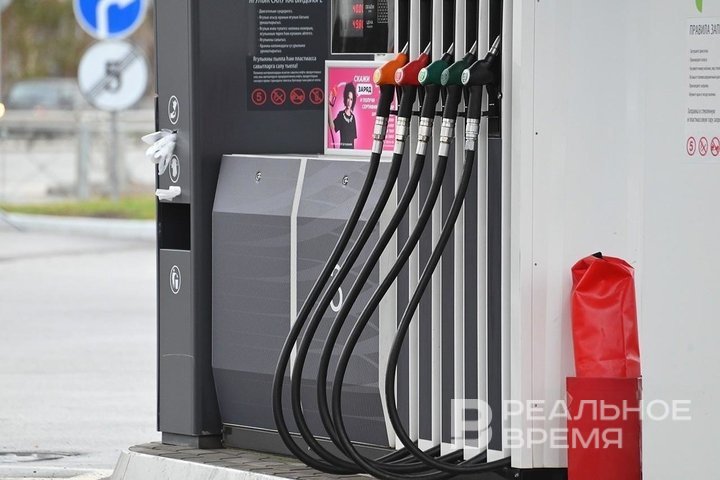
“If the introduction of the embargo last summer immediately led to a drop in the price of gasoline, now the situation is fundamentally different. The rise in prices is accelerated by the excessive demand for AI-95, which has overtaken the rest, and manufacturers do not have time to meet this demand. As a result, stock prices for AI-95 rose to an astronomical 74,000 rubles per ton. This is the first time we have seen such a tendency,” Irek Suleymanov, head of the Association of Petroleum Products Supply Enterprises of the Republic of Tatarstan, explains the nature of price changes in the fuel market. Wholesale prices for propane gas (for GAZ, PAZ) also jumped – they rose to 41,000 rubles per ton within a month. “The export ban is likely to keep prices within the inflation range, but it is unlikely to bring them down,” predicts Stanislav Mitrakhovich, a leading expert at the National Energy Security Fund. At the same time, retail prices for fuel in Tatarstan remain the lowest in the Volga Federal District.
Stock prices did not feel the embargo
Restrictive measures have been introduced in the country on the export of motor gasoline (an exception is made for diesel fuel). The embargo will last until October 2024. Moreover, the federal authorities announced the introduction of a long-term ban just one day before it came into force. On July 31, First Deputy Energy Minister of the Russian Federation Pavel Sorokin announced at a meeting in the State Duma that the extension of the embargo would help to hedge against the high demand for gasoline.
The first day of the embargo did not bring miracles. By the end of the day, stock prices on the Saint Petersburg International Trade Exchange (SPIMEX) continued to rise. According to data as of 4:33 p.m. Moscow time, the price of AI-95 rose by 1.3 percent to 74,461 rubles per ton, the price of AI-92 rose by 0.92 percent (to 55,880), diesel fuel rose by 0.18 percent to 61,500 rubles per ton.
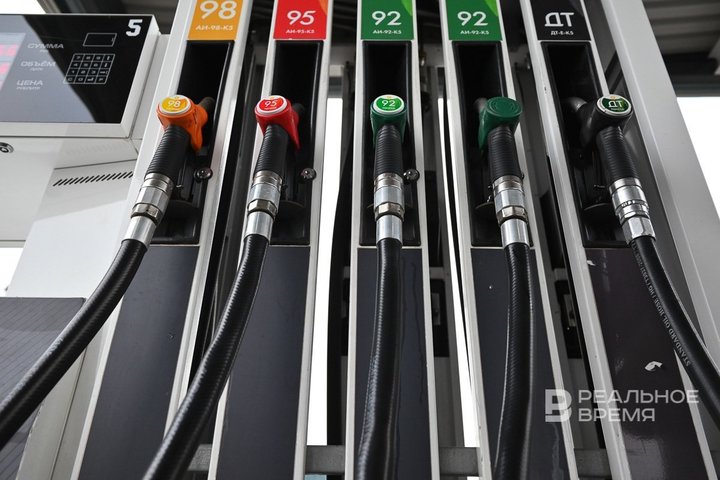
At the same time, prices at gas stations continued to rise. The average price for AI-95 was 54.3 rubles per liter, for AI-92 – 49.9 rubles per liter, and for diesel fuel – 60.7 rubles, according to Russia Base data. Official data on the dynamics of fuel prices stopped being published in June, confirmed the Administration for Ensuring Rational Use and Quality of Fuel and Energy Resources in the State Budgetary Institution of the Republic of Tatarstan. According to SPIMEX, in July-early June last year, AI-95 stock prices rose by almost 38%, and since the beginning of the year – by over 60%.
Meanwhile, since the beginning of the summer, owners of private gas stations have reduced their wholesale purchases of expensive AI-95. As Garefetdin Miftakhutdinov, the head of the Economy gas station, told Realnoe Vremya, the difference between wholesale and retail prices has become “unbearable.”
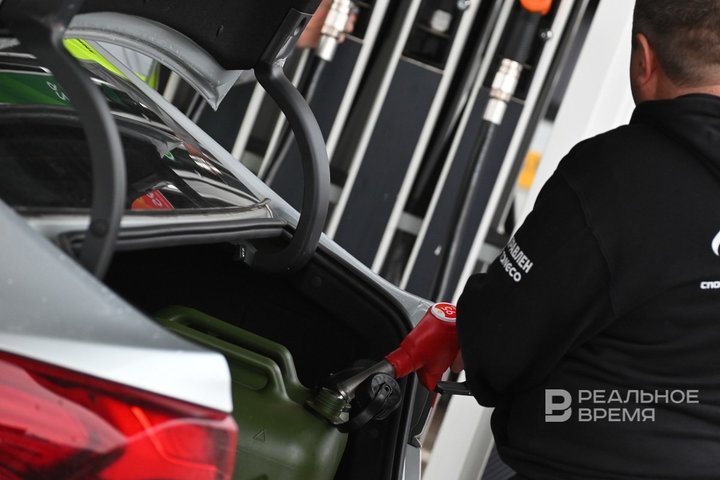
Price of fuel gas doubles
The doubling of wholesale prices has also affected gas fuel. According to the owners of independent gas stations, since August 1, Volga refineries have increased the purchase price of propane gas (which is refueled by Gazels and PAZ buses – author’s note) to 41,000 rubles per ton. Although in July propane gas was still coming out of the factories at a price of 20,800 rubles per ton.
Wholesale prices were increased by TANECO and Gazprom Neftekhim Salavat, which supply the fuel gas market in the Volga region. Realnoe Vremya has sent inquiries to the producers and the answers will be published upon receipt.
The owners of independent gas stations still keep retail prices high at a loss, Garefetdin Miftakhutdinov said in a conversation with Realnoe Vremya. According to him, he buys fuel from the factory for 41 rubles per cubic meter and sells it for 24 rubles. “This is crazy, but I can’t raise the price. Otherwise I will be hated,” he worries. According to the law, retailers do not have the right to raise prices above the inflation rate, and the FAS of the Russian Federation strictly monitors this.
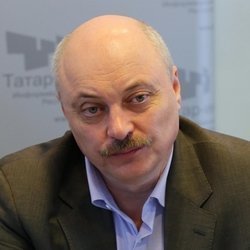
At the same time, methane (compressed gas) is not subject to price fluctuations. According to Artur Akhmetsyanov, commercial director of the Middle Volzhsky branch of Gazprom Gazomotornoe Toplivo, propane prices have always been subject to large fluctuations, while methane prices are stable at the level of 23-25 rubles per cubic meter. In addition, the fleet of vehicles with methane engines is much smaller than with propane engines, so the dynamics of methane sales volumes is lower than that of propane.
Do Chinese cars run on AI-95?
Irek Suleymanov explains the rise in prices on the fuel market by an unusual distortion in the consumption structure, which occurred for the first time in 20 years. According to him, this season there was an incredible boom in demand for AI-95, which was not particularly in demand before. After switching to Chinese cars, motorists began to massively refuel with this type of gasoline, and the share of its sales increased to 60%. Accordingly, sales of AI-92 shrank to 40%, although previously it was always the other way around.
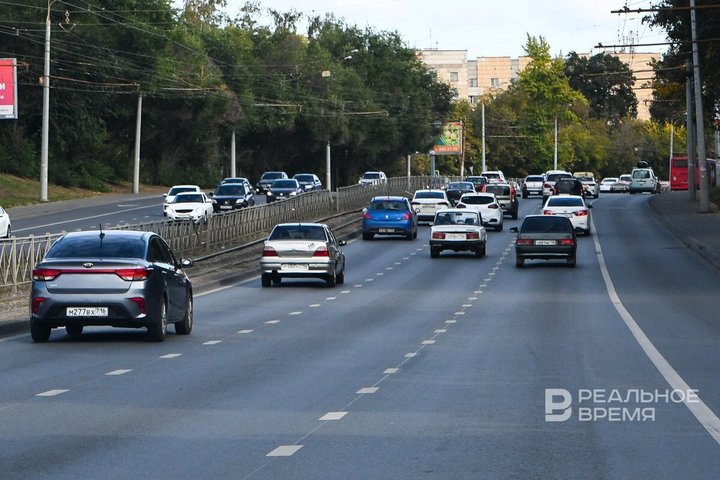
“Sales of AI-95 are constantly growing and now account for about 60%, while the share of AI-92 has dropped to 40%. Apparently, production is not keeping pace with the change in demand, which is fueling the rise in prices on the exchange. The difference between the wholesale and retail price of AI-95 is 13,000-14,000 rubles. This is absurd!” he stressed.
According to him, in early summer, the Russian Fuel Union sent an appeal to the Ministry of Energy of the Russian Federation calling for a change in the production structure. The factors for the rise in prices were the holiday season – Russians went on vacation by car – the closure of refineries for repairs and the unwillingness of factories to increase the production of AI-95. As a member of the RTS, Irek Suleymanov hopes that extreme measures will help stabilize the fuel market: “Everything that is currently produced, such as AI-95, will go to the domestic market,” he expects.
Retail fuel prices in Tatarstan remain the lowest in the Volga region
The spokesman assured Realnoe Vremya that there is no shortage of high-octane gasoline grades. “Have you seen queues at the gas stations near AI-95? No. That is, there was enough for everyone who wanted to refuel,” he said, adding that car owners had to pay a little more than usual. According to official data, the average price of a liter of gasoline in the country on July 29 was 57.3 rubles (on July 22 – 57.05 rubles). The price of a liter of AI-92 is 52.9 rubles (52.72 rubles), AI-95 57.9 rubles (57.64 rubles).
In Tatarstan, retail prices for fuel remain the lowest in the Volga Federal District due to high competition, Irek Suleymanov assured. “There are 922 gas stations operating in the republic, 140 of which are closed due to overcrowding of the market,” Robert Gilyaziev, head of the department for ensuring the rational use and quality of fuel and energy resources in the Republic of Tatarstan, told Realnoe Vremya.
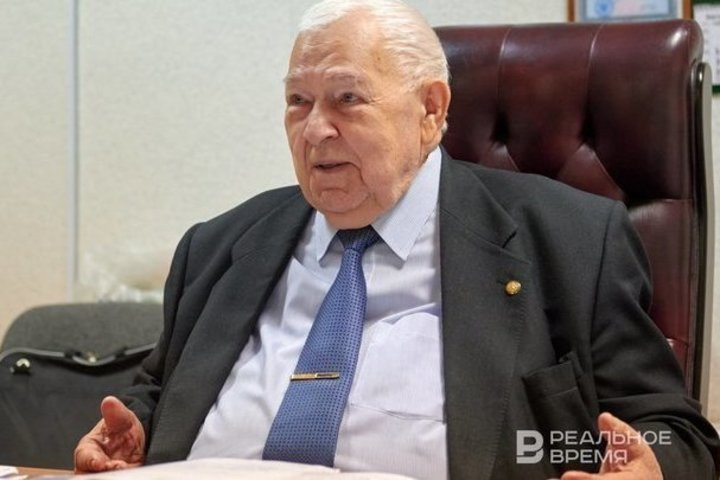
“Our sellers run the risk of turning out to be unreliable suppliers”
A year ago, the Russian government imposed a ban on gasoline exports. Market participants justified this by saying that the state and manufacturers could not reach an agreement, so a difficult decision had to be made. “Until you reach an agreement, exports will be stopped. Of course, this has helped at the moment, but such measures cannot be applied for long,” said one of Realnoe Vremya’s interlocutors. But now the situation is fundamentally different, believes Irek Suleymanov. In his opinion, fuel prices will begin to fall when the market is saturated with automobile gasoline.
“The export ban is likely to keep prices in inflationary range, but it is unlikely to cause them to fall,” predicts Stanislav Mitrakhovich, a leading expert at the National Energy Security Fund.
“The impact of such effects on consumers is not measurable,” counters Tamara Kandelaki, managing director of Infotech Consult. The expert sees the embargo as a risk that manufacturers will let contracts collapse. “New sales markets are very difficult, even unusual. Our sellers run the risk of turning out to be unreliable suppliers.”
Luisa Ignatievna
Tatarstan
